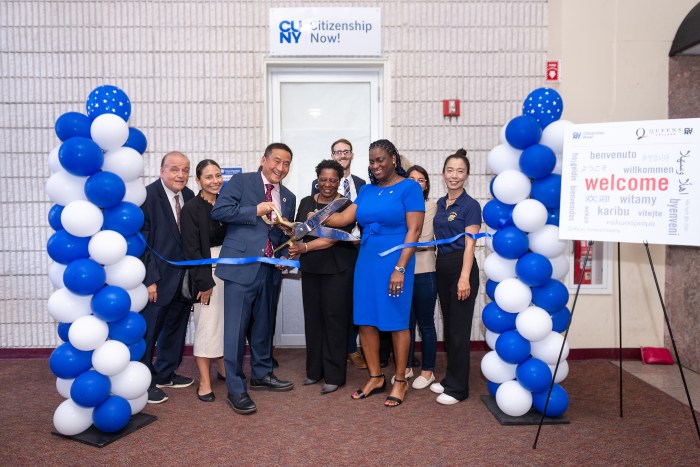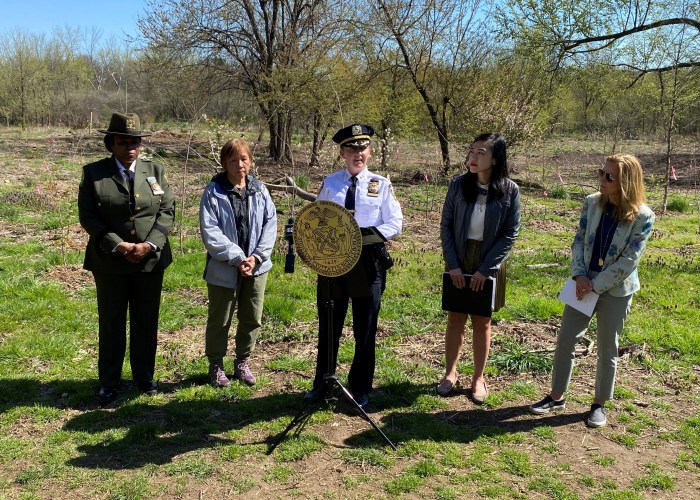Silicon Valley is getting ready for its biggest competitor yet. Yes, that is right: New York City. In a plan that has stirred and awed much of the tech world, Mayor Michael Bloomberg has committed $100 million to establishing a top-tier, applied sciences university within the five boroughs.
The premise is simple: A tech university is the best way to draw talent — clusters of young developers and entrepreneurs — to the city to foster an industry that will provide the next wave of start-ups that could spin off revolutionary tech companies like Google or eBay.
The plan is the most far-reaching and innovative the city has seen in more than 100 years. Even former President Bill Clinton admired the mayor for undertaking such a pioneering project with vast economic benefits. Hundreds of start-ups and technology companies in the next decade could potentially generate tens of thousands of jobs here in the city and dramatically increase local economic activity and modernize our economy.
Yet as the mayor plays chief executive for this emerging tech industry, he has given short shrift to what is essential in creating an entrepreneurial ecosystem: the location. In the calculus of engineering this next industry, he has overlooked Queens.
The city has offered three locations in its request for proposals — Roosevelt Island, Governors Island, and the Brooklyn Navy Yard — but there are obvious issues with all three in their ability to cultivate a Silicon Valley, issues that would constrain the growth of a university and an industry.
The first two sites are naturally isolated and the last is in a painfully congested and equally inaccessible location in Brooklyn, partially resting on the East River. Even an additional billion-dollar bridge, a Venice-esque ferry service or an additional tram will not make these sites any more accessible.
Most importantly, and worst of all, the three locations encompass geographical areas that are prohibitively small — the Goldwater Hospital site on Roosevelt Island is only 9.9 acres in size and can barely be reached by car.
To reach the full potential of Applied Science NYC, the city will need to think bigger and more holistically. And to build an educational and robust commercial tech corridor capable of competing with Silicon Valley, the university will need more developable space and to be globally accessible. There is a location, though, that offers accessibility and expandability, and the opportunity to build not just another Silicon Alley or Square, but a Silicon City, and it is right here in our borough’s backyard: Willets Point.
Willets Point is uniquely suited to be the home of this city’s next new university. Given the area’s established transportation node — the Long Island Rail Road, the No. 7 train, 19 buses, four major highways, two bridges and two airports — and the 62 developable acres of land and thousands of feet of available commercial space, there is no other location in New York City with the global and regional accessibility, and comparable commercial and residential growth potential.
Yet Willets Point’s best feature is Queens’ distinguishing characteristic — that is, its local diversity. Economic developers and Silicon Valley tech enthusiasts will tell you it is the diversity of the goods and people that makes the northern California region so successful, not just the locale.
Today in Silicon Valley, more than half of all start-ups — 52 percent — are founded by immigrants, often Russian, Indian and Taiwanese immigrants with strong community ties and entrepreneurial appetites. In order to build an East Coast tech epicenter, we will need not only the physical but the human and cultural infrastructure. What better place to locate this university and industry than in the most diverse county in the country, where there are entrepreneurial, multicultural communities eager to do business?
As Queens residents, we are intimately aware of the chronicle of Willets Point. It is at once an area of modern urban blight but also of enormous economic potential. We have an opportunity before us to incorporate a university into the plans and accelerate the rebuilding of an area that continues to be stalled. It is an opportunity which, if located in Queens, has the promise of transforming not only this city’s economy, but as Clinton has made clear, the economy of the East Coast.
The Coalition for Queens has built broad community support for a university to be incorporated into the current plans for Willets Point and has received the support of local Queens elected officials, including the head of the Queens delegation, City Councilman Leroy Comrie (D-St. Albans), seven Council members and several state senators and state Assembly members. The newest supporter of a potential Queens location is Borough President Helen Marshall.
Together with our community and local leaders, we are making sure that this once-in-a-lifetime opportunity does not pass our borough by. We are reimagining Willets Point as the Silicon City of tomorrow.
Emil Skandul
Member
Coalition for Queens
Flushing

































